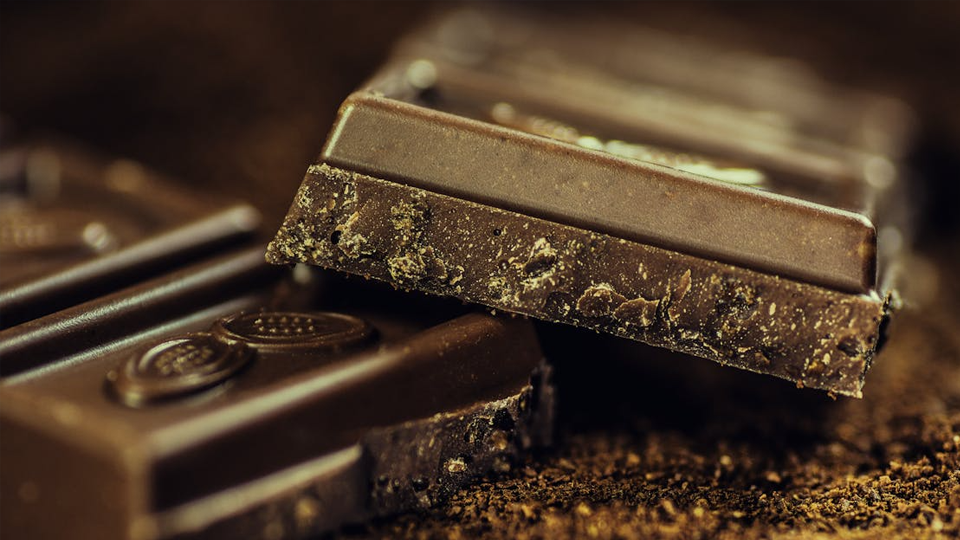Your body is equipped with powerful detoxification systems that work hard day and night to keep you healthy. By supporting your body’s natural detoxification systems, you can help to keep them working effectively.
Sources of Toxins
There are countless sources of potentially toxic substances in daily life, but your detoxification systems work to neutralize and eliminate toxins to maintain the body’s natural state of balance.
Toxic substances, or toxicants, are harmful materials that, when ingested in sufficient amounts, can cause illness or injury. While some substances are clearly more toxic than others, almost anything, even water, can have a toxic effect on the body if ingested in excess (1).
Toxic substances can come from both external sources, like environmental contaminants in food and water or pollution in the air, and internal sources, such as metabolic waste. Biological toxins are produced by harmful bacteria or fungi, poisonous plants, and venomous snakes, just to name a few, and can range from mild to extreme in their toxic effects (1).
Even though toxic substances are seemingly everywhere, the body can handle exposure to many different substances through powerful internal detoxification systems.
Your Body’s Natural Detoxification Systems
As the primary sites of detoxification, your liver and kidneys have the biggest role in neutralizing and removing potentially toxic substances from the body. However, many systems in the body play a role in managing toxic exposures.
Liver
As the primary site of detoxification, the liver has many ways of dealing with toxins, such as breaking them down into safer substances, eliminating them through bile, or repackaging them into a safer form (2).
The liver has efficient, targeted methods for removing toxic substances that are normally found in the body, like metabolic waste, for example.
The liver is also equipped with a system of potent detoxification enzymes that can metabolize substances that are foreign to the body, such as chemical pollutants, into substances that are less toxic and more easily excreted. This process is known as biotransformation and is divided into phase I, phase II, and phase III detoxification (2).
Kidney
The kidneys are sometimes described as a filter for your blood, but they play a much more complex role in detoxification than simply filtering out waste. The kidneys remove toxic substances that are produced in the body during normal metabolism. They also selectively remove many foreign substances from the bloodstream once they have been processed by the liver (3). Your kidneys actively retain important nutrients in the blood while working to keep fluids, minerals, and pH in balance, too.
Other Systems
The liver and kidneys are the body’s most important detoxification systems, but other systems and pathways also contribute to detoxification.
The digestive system aids detoxification by excreting some toxic substances directly, with the help of the liver. Once metabolized by the liver, certain substances are transported directly to the digestive tract through the liver’s bile ducts for excretion (4).
The lungs contribute to detoxification by removing some volatile substances with your exhaled breath, along with carbon dioxide, a waste product of metabolism (5).
The skin contributes to detoxification primarily by serving as the body’s largest barrier against toxicants and biological toxins, although some substances can also be excreted through sweat (6).
Support Detoxification Naturally
Many of the same healthy lifestyle choices that contribute to overall wellbeing help the body’s natural detoxification systems to work effectively, too.
Reduce Exposure
Limiting your exposure to toxic substances is an essential part of supporting detoxification in your body. While exposure to some substances is unavoidable, there are many sources of toxic exposure, like tobacco smoke, car exhaust, or household chemicals that can be reduced or eliminated either through avoidance or safe handling (1).
Enhance Protection
One of the consequences of exposure to toxic substances is an increase in free radical generation and oxidative stress in the body (7). Even the process of detoxifying foreign substances in the liver can generate potentially harmful free radicals. You can bolster your body’s natural antioxidant defense systems by eating a diet rich in fruits and vegetables, getting enough antioxidant vitamins and minerals, like vitamins A, C, E, and selenium, and plant-based foods that are high in polyphenol phytonutrients like berries and tea.
Balance Calories
Energy balance is another aspect of nutrition that supports the body’s detoxification systems. Some research suggests that calorie restriction and weight loss can increase the activity of detoxification enzymes in the liver (8). Some toxicants, like polychlorinated biphenyls (PCBs) for example, can accumulate in body fat through environmental exposure over time. Losing weight helps to mobilize these substances so they can be metabolized and excreted (9).
Toxic substances are all around us, not only from external sources in the environment but also from internal sources like normal metabolism. Our bodies are equipped to handle exposure to toxic substances through powerful natural detoxification systems. By reducing exposure where possible, enhancing protection through good nutrition, and keeping calories in balance, you can help your body’s natural detoxification systems to function their best.
References
- Vineis P, Robinson O, Chadeau-Hyam M, Dehghan A, Mudway I, Dagnino S. What is new in the exposome? Environ Int. 2020;143:105887. doi:10.1016/j.envint.2020.105887
- Liska DJ. The detoxification enzyme systems. Altern Med Rev. 1998;3(3):187-198.
- Shen H, Scialis RJ, Lehman-McKeeman L. Xenobiotic Transporters in the Kidney: Function and Role in Toxicity. Semin Nephrol. 2019;39(2):159-175. doi:10.1016/j.semnephrol.2018.12.010
- Jandacek RJ, Tso P. Factors affecting the storage and excretion of toxic lipophilic xenobiotics. Lipids. 2001;36(12):1289-1305. doi:10.1007/s11745-001-0844-z
- Jones AW. Excretion of low-molecular weight volatile substances in human breath: focus on endogenous ethanol. J Anal Toxicol. 1985;9(6):246-250. doi:10.1093/jat/9.6.246
- Gundert-Remy U, Bernauer U, Blömeke B, et al. Extrahepatic metabolism at the body’s internal-external interfaces. Drug Metab Rev. 2014;46(3):291-324. doi:10.3109/03602532.2014.900565
- Ma Q. Role of nrf2 in oxidative stress and toxicity. Annu Rev Pharmacol Toxicol. 2013;53:401-426. doi:10.1146/annurev-pharmtox-011112-140320
- Kvitne KE, Krogstad V, Wegler C, et al. Short- and long-term effects of body weight, calorie restriction and gastric bypass on CYP1A2, CYP2C19 and CYP2C9 activity. Br J Clin Pharmacol. 2022;88(9):4121-4133. doi:10.1111/bcp.15349
- He F, Zuo L, Ward E, Arciero PJ. Serum Polychlorinated Biphenyls Increase and Oxidative Stress Decreases with a Protein-Pacing Caloric Restriction Diet in Obese Men and Women. Int J Environ Res Public Health. 2017;14(1):59. Published 2017 Jan 10. doi:10.3390/ijerph14010059





